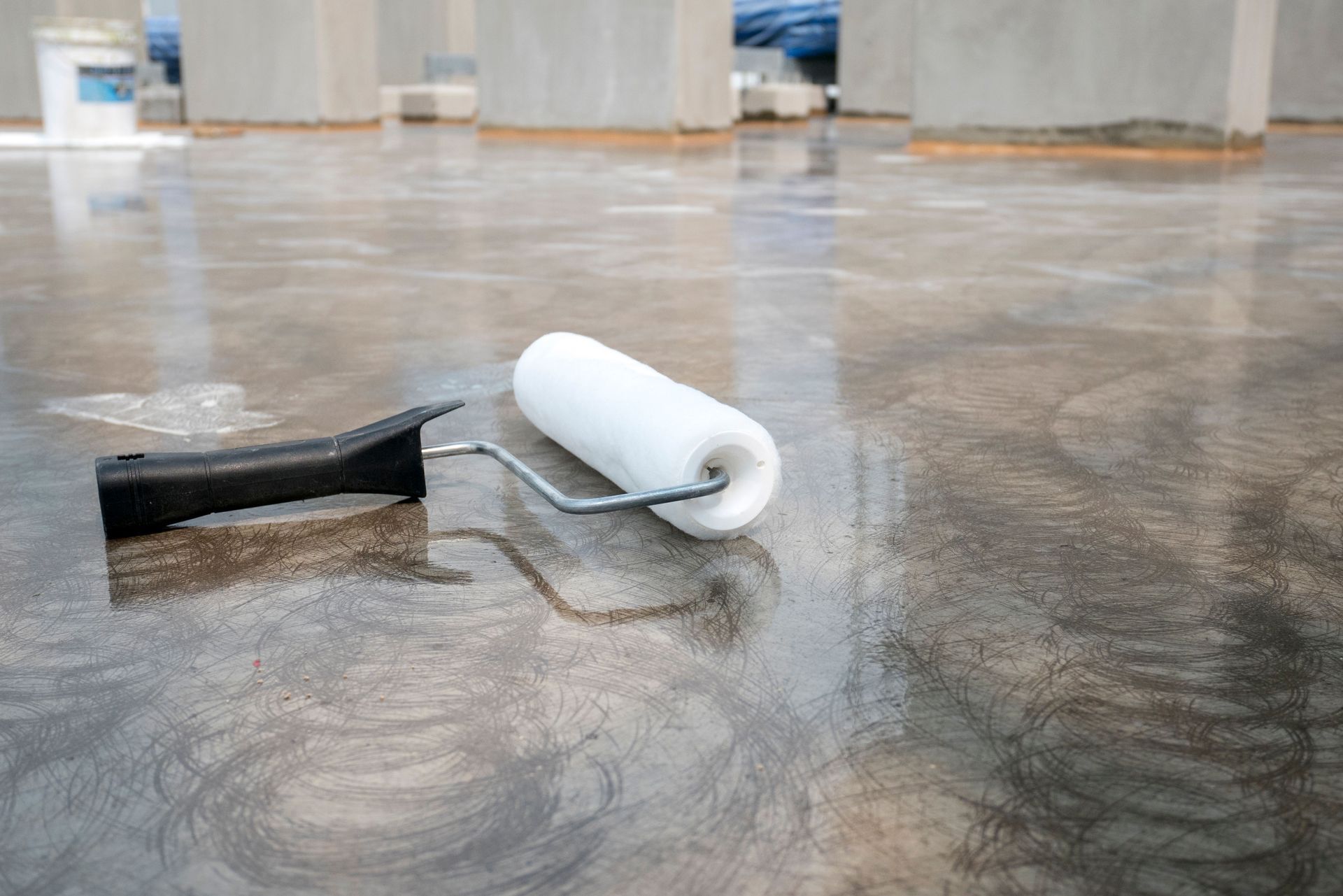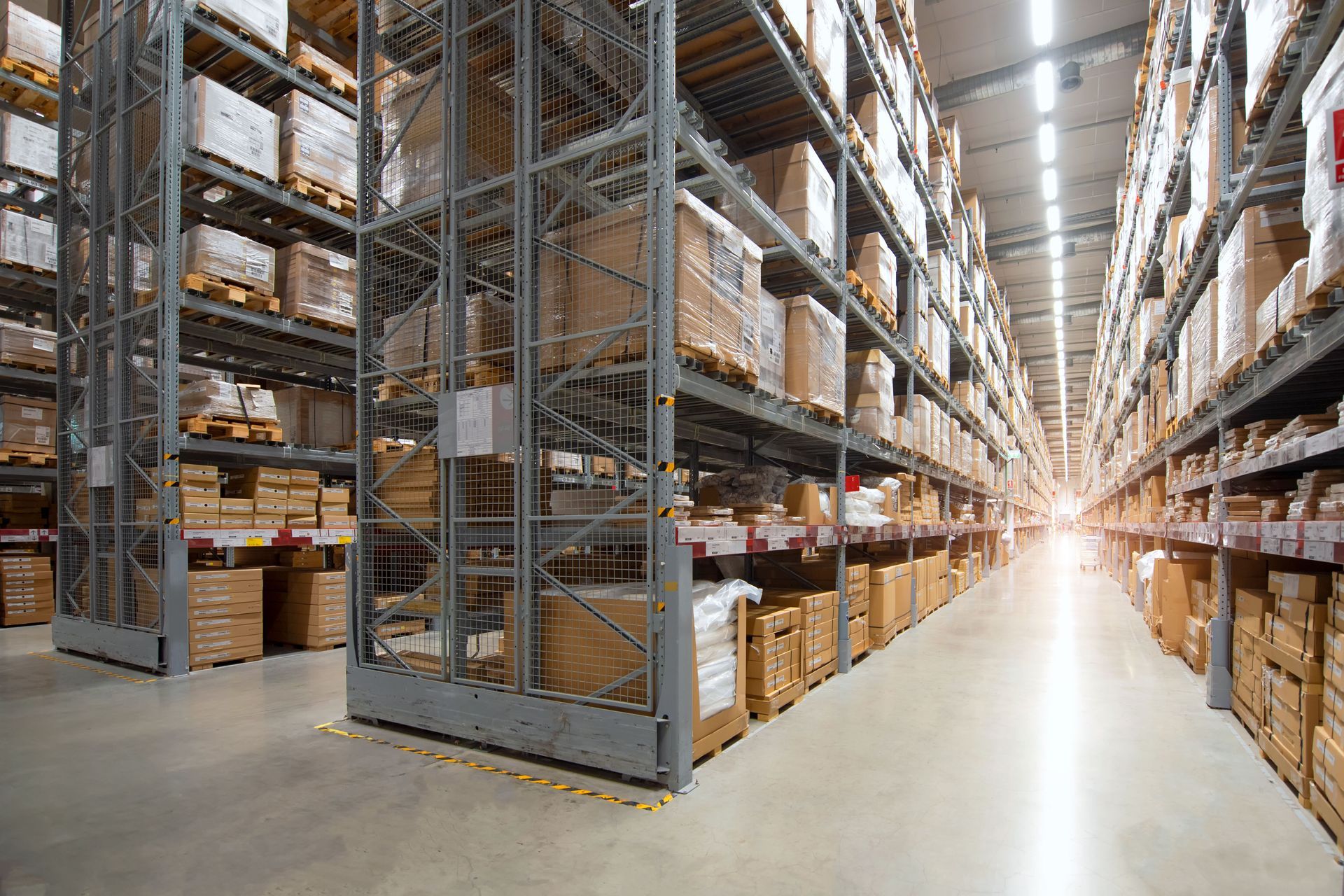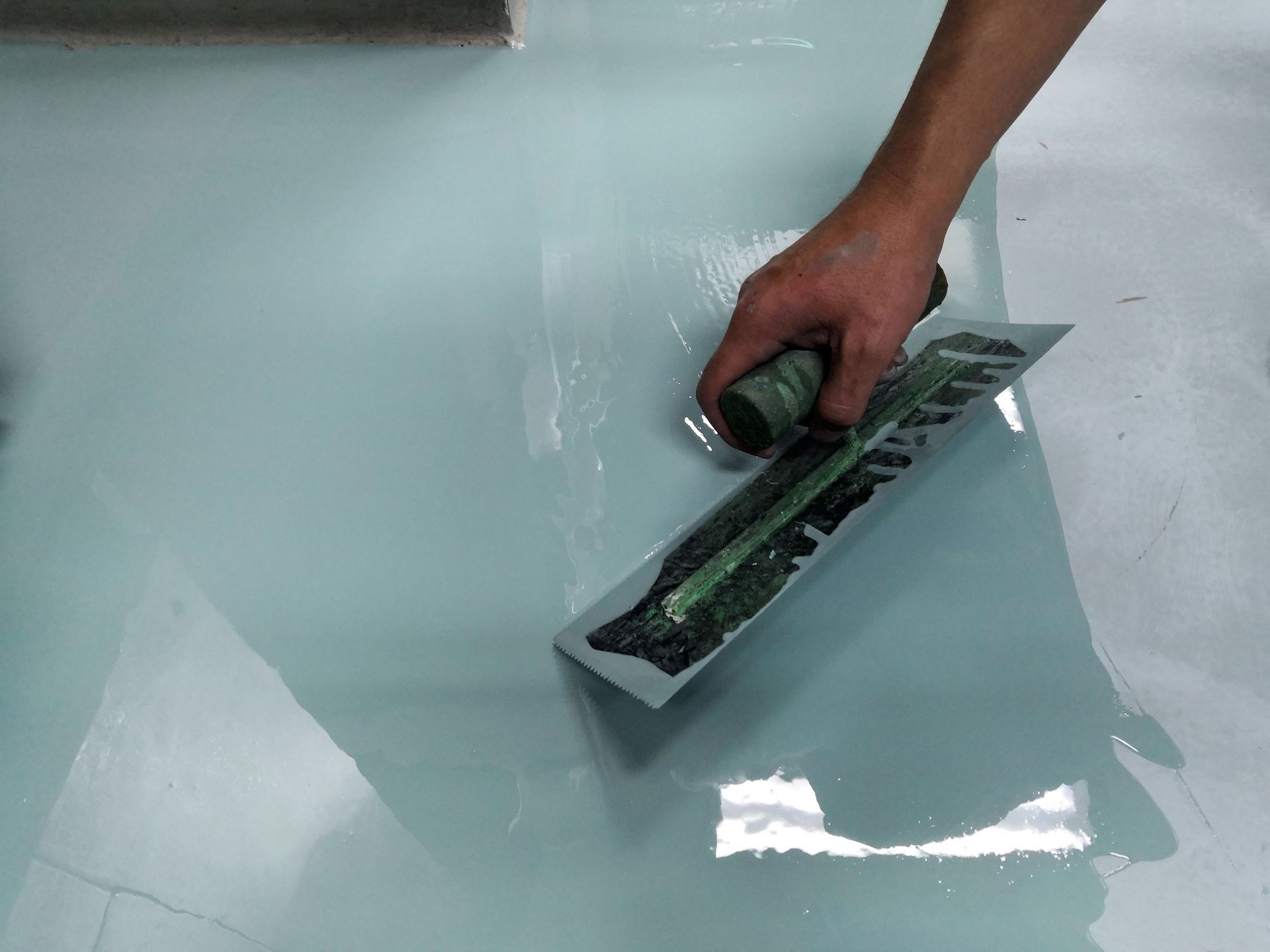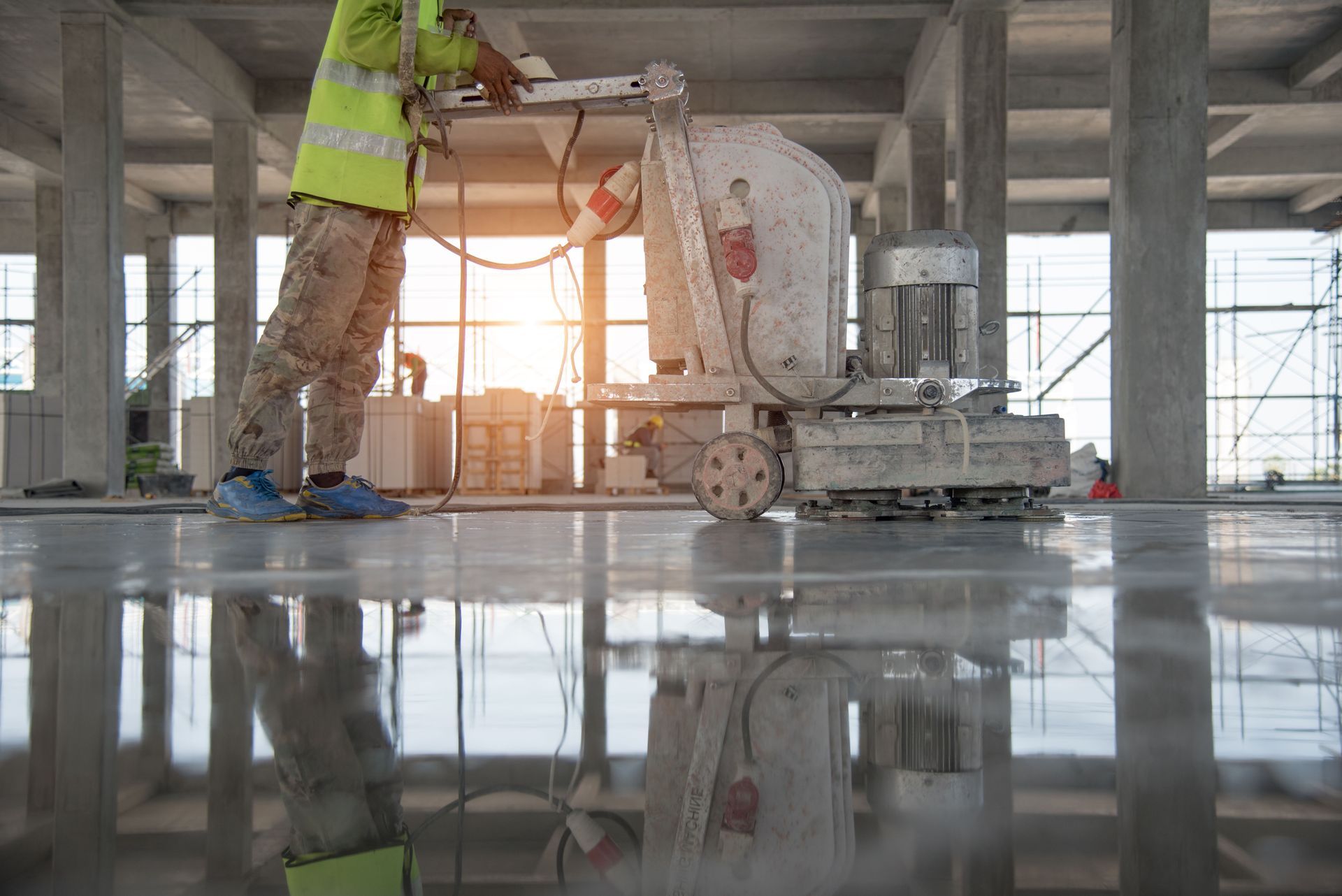6 Surfaces That Require Specialized Industrial Painting Techniques
Industrial painting is essential for protecting and extending the life of surfaces in commercial and industrial environments. Different materials present unique challenges, requiring careful preparation and appropriate coatings. Commercial and industrial coatings improve durability, safety, and operational efficiency while maintaining aesthetic appeal. Key surfaces benefit from industrial coating techniques when proper methods are used to achieve long-lasting results.
Proper painting techniques help minimize maintenance costs, prevent environmental damage, and ensure surfaces remain functional under heavy use. Understanding the requirements for each surface type ensures coatings are effective and visually appealing, whether applied to metal, concrete, or wood structures in industrial or commercial settings. Choosing the right coatings and application methods ensures that surfaces maintain integrity despite heavy use, chemical exposure, or environmental factors such as UV rays, moisture, and temperature fluctuations. According to Workyard, over 1.4 billion gallons of paint are used annually in the U.S., highlighting the importance of efficient and effective application techniques.
1. Metal Surfaces
Metal surfaces are strong and durable, but pose challenges for industrial coating due to their smooth textures and susceptibility to rust and corrosion. Temperature fluctuations and moisture exposure can lead to cracking or peeling if coatings are improperly applied. Heavy-duty primers and coatings designed for metal ensure adhesion and long-lasting protection.
Industrial coatings for metal surfaces often use epoxy or urethane coatings that resist chemical exposure, abrasion, and UV damage. Proper surface preparation, such as sand blasting, removes contaminants and rust, creating a smooth foundation for paint application. This helps to extend the life of machinery, storage tanks, structural steel, and piping while improving operational safety and efficiency.
Metal surfaces require precise application techniques to ensure durability and long-lasting protection. Using specific coatings designed for high-performance environments, professional painters can achieve uniform coverage that withstands heavy use and exposure to harsh conditions. Incorporating automated systems and consistent quality checks helps maintain even finishes on large-scale projects. Ongoing maintenance, including routine inspections and timely touch-ups, ensures that coated metal surfaces continue to protect assets effectively over time.
2. Concrete Floors and Walls
Concrete surfaces are porous and prone to cracking, staining, and moisture infiltration. Industrial painting protects concrete floors and walls from chemical exposure, heavy foot and vehicle traffic, and environmental conditions. Sealants and epoxy coatings provide a strong barrier against moisture and wear, improving both durability and appearance.
Proper preparation is essential to effectively remove dirt, oil, and other surface contaminants, creating a clean foundation for coatings to adhere properly. Industrial painting on concrete helps extend the lifespan of factory floors, warehouse walls, and loading docks, while reducing long-term maintenance costs and minimizing downtime. Well-painted surfaces also contribute to a professional, safe environment for employees and equipment.
Durable industrial and commercial painting services are designed to withstand high temperatures, moisture, and chemical exposure. Protective coatings, including epoxy, urethane, and anti-corrosion systems, enhance resistance to impact, chemicals, and abrasion while preserving the surface's integrity. Routine inspections and preventative maintenance further extend the life of painted concrete surfaces, reducing the need for costly repairs and ensuring long-lasting performance.
3. Wood Surfaces
Wood surfaces require careful consideration due to their natural grain, porosity, and susceptibility to moisture. Industrial painting protects wooden doors, trim, cabinetry, and structural elements in commercial and industrial settings. Moisture-resistant primers and breathable coatings help prevent swelling, cracking, and rot, ensuring surfaces remain functional over time.
Preparation is key, including sanding, patching imperfections, and cleaning the surface to ensure proper adhesion of coatings. Transparent stains or varnishes can enhance the natural wood grain while providing protection, whereas opaque paints deliver uniform coverage and a consistent color palette. Applying certain protective coatings designed for high-performance settings adds an extra layer of durability against everyday wear and chemical exposure.
Long-term moisture control and maintenance are critical. Regular inspections help identify early signs of moisture intrusion, surface wear, or coating degradation. Timely reapplication of protective coatings preserves wood stability while maintaining both appearance and structural integrity. Using coatings that balance breathability and resistance ensures wooden surfaces withstand heavy use, seasonal humidity changes, and other environmental stresses, keeping them visually appealing and long-lasting in offices, entryways, and warehouse interiors.
4. Brick and Masonry Surfaces
Brick, stucco, and other masonry surfaces are inherently durable but can absorb moisture, leading to efflorescence, cracking, and paint deterioration over time. Industrial painting protects these surfaces from UV exposure, precipitation, and chemical contact, while also enhancing the visual appeal of commercial and industrial buildings.
Proper surface preparation is essential, including thorough cleaning, repairing cracks, and applying masonry primers to improve coating adhesion. Coatings such as urethane provide flexibility to accommodate thermal expansion and contraction, ensuring long-lasting protection against environmental stresses. Protective coatings resist fading, peeling, and water damage, keeping masonry surfaces functional, safe, and visually appealing.
Applying protective coatings over masonry surfaces enhances performance, reduces the need for frequent maintenance, and helps preserve structural integrity in high-traffic or harsh weather conditions. Regular inspections and timely touch-ups allow early detection of surface wear or coating deterioration, extending the life of masonry surfaces and safeguarding commercial and industrial investments. Utilizing high-quality coatings designed for impact, chemical, and abrasion resistance ensures masonry retains its durability and aesthetic appeal for years to come.
5. Steel and Structural Equipment
Industrial painting is essential for steel machinery, pipes, tanks, and other structural equipment exposed to chemical, thermal, and mechanical stress. Proper protective coatings prevent rust, corrosion, and abrasion, extending equipment life and reducing operational downtime in industrial environments.
Surface preparation, including sand blasting, removes rust, paint, and grime while creating a clean profile for coating adhesion. Protective coatings such as epoxy, urethane, and anti-corrosion systems provide heavy-duty protection against impact, chemicals, and abrasion, ensuring steel surfaces remain durable and functional.
Regular maintenance and timely touch-ups help preserve the effectiveness of protective coatings, extending the lifespan of steel and structural equipment. Industrial painting not only safeguards assets from environmental and operational wear but also enhances safety, operational efficiency, and the overall appearance of industrial facilities.
6. High-Traffic Flooring
Industrial floors in warehouses, manufacturing plants, and loading areas are exposed to constant wear and chemical contact. Protective coatings such as epoxy and urethane provide a durable surface that resists impact, abrasion, and chemical exposure, extending the lifespan of floors in high-performance industrial environments.
Surface preparation with sand blasting removes contaminants and creates a clean profile to ensure coatings adhere properly. Applying protective coatings helps maintain floor durability and functionality, protecting against operational wear and preserving structural integrity.
Regular inspections and timely touch-ups extend the life of painted floors while maintaining both safety and aesthetics. Industrial painting also protects equipment, walls, and structural components in facilities such as laboratories, food-processing areas, and manufacturing plants, using epoxy, urethane, and anti-corrosion systems to guard against chemicals, moisture, and physical impact. By maintaining protective coatings on high-traffic floors and other industrial surfaces, facilities can reduce long-term maintenance costs, enhance operational efficiency, and provide a safer, more visually appealing work environment.
Maintenance includes inspections, re-coating, and touch-ups as needed. Industrial painting applied to protective coatings effectively preserves valuable company assets, reduces downtime, and ensures long-term value across industrial environments. For businesses seeking reliable industrial and commercial painting services, BICS Inc provides comprehensive solutions tailored to metal, concrete, wood, masonry, and high-performance equipment surfaces. Our team delivers durable coatings, efficient applications, and ongoing maintenance support, helping facilities maintain safety, functionality, and visual appeal year-round. Contact BICS Inc today to request a free quote for your industrial painting project.





Share On: